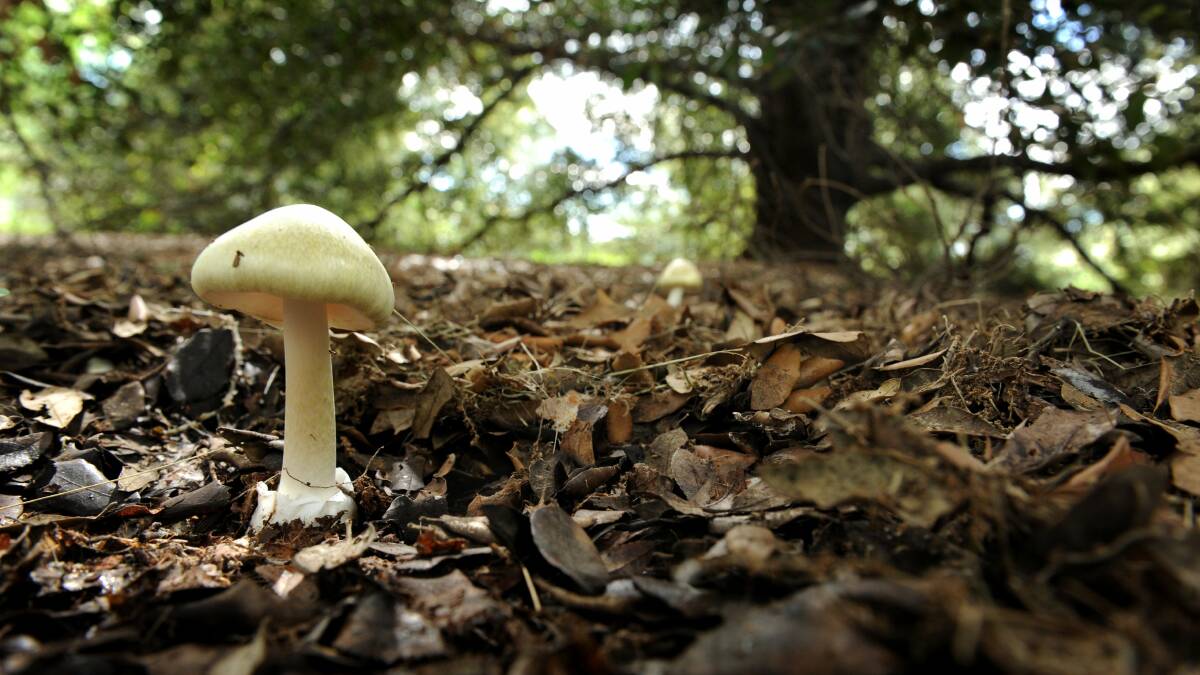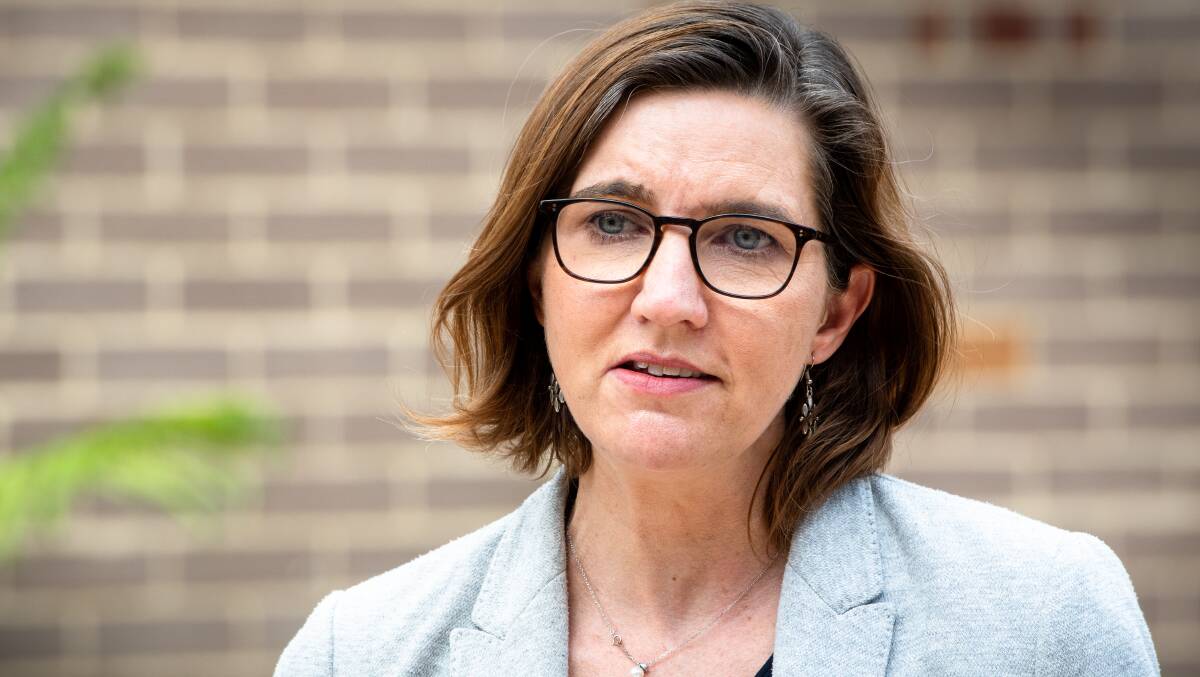
A young child presented to a Canberra emergency department on Friday after eating a death cap mushroom, health authorities said.
The incident has prompted a fresh warning that people should not pick or eat wild mushrooms in the ACT, where death cap mushrooms grow widely.
ACT government site inspections identified and removed death cap mushrooms on Friday.
Acting chief health officer Dr Vanessa Johnston said the mushrooms could grow anywhere in the region, and recent high rainfall and warm temperatures had provided ideal conditions.
"Eating wild mushrooms is just not worth the risk. Don't eat mushrooms you have found in the wild, and only purchase mushrooms from a reputable supplier," Dr Johnston said.
Health authorities did not say whether the child remained in hospital or had been discharged.
A spokesman for ACT Health told The Canberra Times health authorities were not able to provide any information about the patient, citing privacy rules.

Three people presented to ACT hospitals in November after ingesting poisonous mushrooms, prompting health authorities to warn people against eating wild mushrooms.
Health Minister Rachel Stephen-Smith said at the time ACT Health was not able to confirm whether the three people had ingested death cap mushrooms, which can be deadly if eaten.
In 2012 death cap mushrooms killed two Canberra residents who ate them at a dinner party on New Year's Eve. In 2014 they seriously poisoned four others.
Death cap mushrooms, easily mistaken for edible mushrooms, often grow near established oak trees but can grow where there are no oak trees. Half a mushroom is estimated to contain enough toxin to kill an adult.
Symptoms of death cap mushroom poisoning generally start appearing between six and 24 hours or more after eating them. These include stomach pains, nausea, vomiting and diarrhoea.
Anyone who may have eaten a death cap mushroom has been urged to urgently seek medical attention at a hospital emergency department, and to bring remaining mushrooms for identification while being careful to limit contact with the mushrooms.
ACT Health said the chances of survival increase in cases where treatment is started early.
Sightings of death cap mushrooms in the ACT should be reported to Access Canberra by telephoning 132 281.







